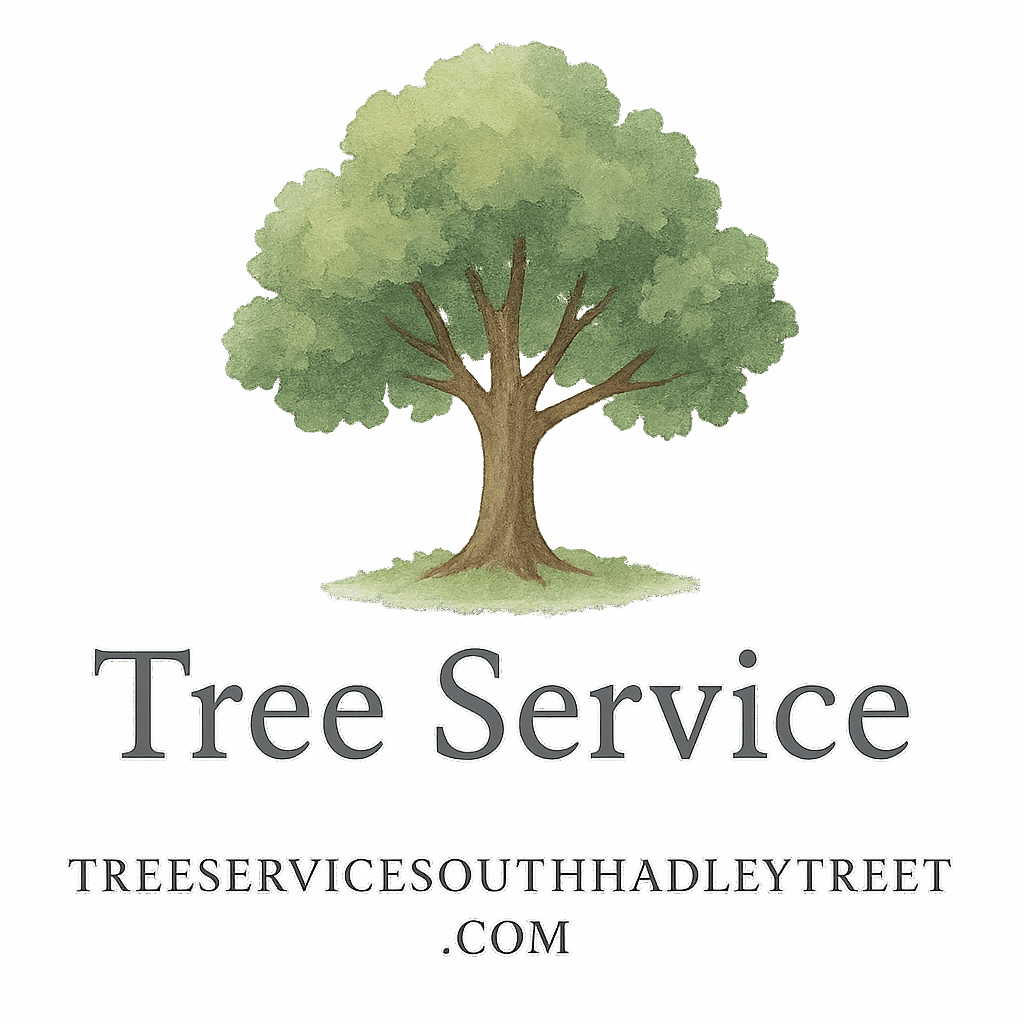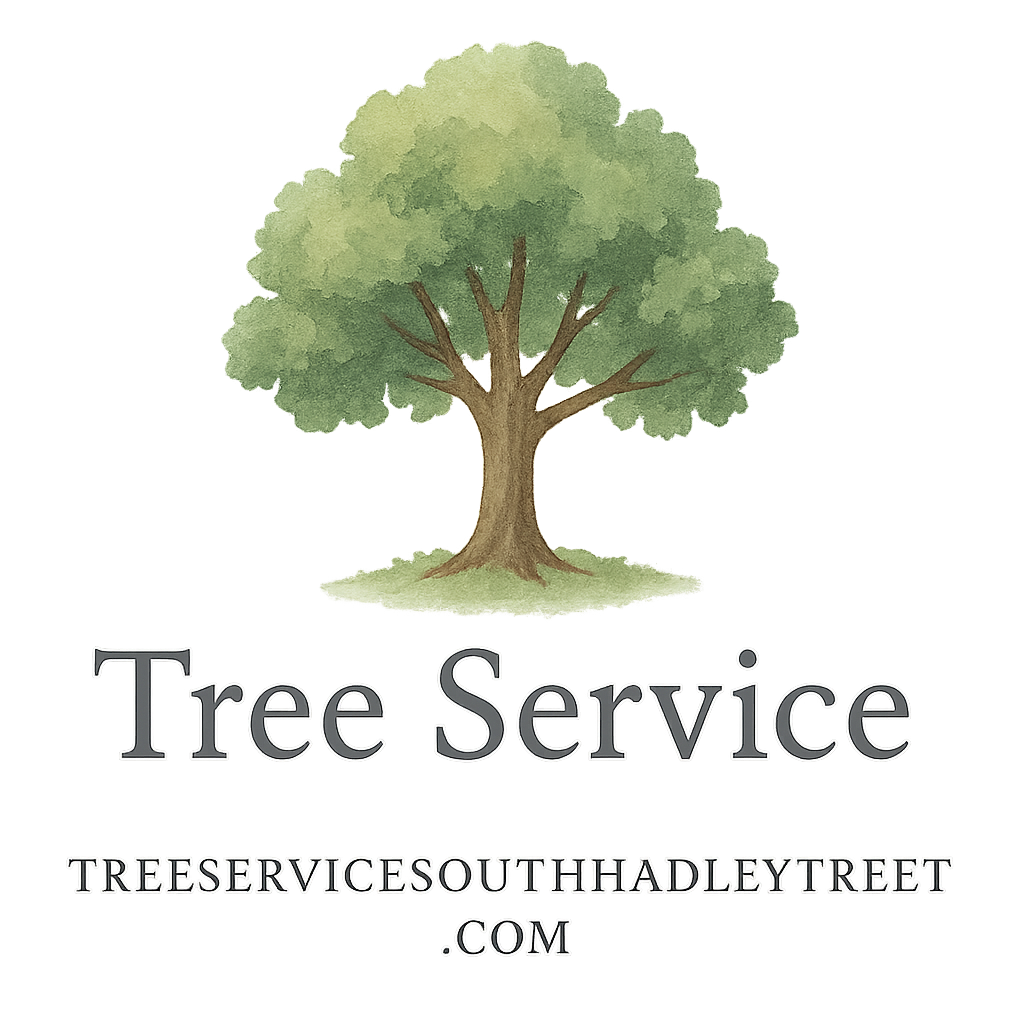So, you’ve just planted a beautiful new tree, and you’re thinking, “What now?” That’s where pruning comes in. But pruning young trees isn’t just about snipping here and there — it’s about guiding growth, preventing future problems, and protecting your investment. Whether you’re a proud backyard gardener or managing a larger landscape, these tree service tips will make pruning less intimidating and a lot more rewarding.
Let’s get into the how, why, and when of pruning young trees properly.
Why Pruning Young Trees Matters More Than You Think
Think of a young tree like a child. Without proper guidance early on, it may grow up with problems that are hard to fix later. Pruning while your tree is still young helps shape its future — from structure and strength to disease prevention and safety.
If you wait too long, you may end up paying for costly tree removal and trimming services that could have been avoided.
When Is the Best Time to Prune Young Trees?
Timing is everything in tree care. Prune too early, and you might damage tender growth. Wait too long, and you might encourage disease or ruin its shape.
Understanding Tree Dormancy
Most experts agree that late winter to early spring — while the tree is dormant — is ideal. This reduces sap loss and gives your tree a head start on healing.
Seasonal Tree Service Advice
If you’re unsure, check out this seasonal tree service guide for the best practices based on weather and tree species.
Tip #1: Always Start with a Purpose
Before you make the first cut, ask yourself — why am I pruning this tree? There should always be a clear objective.
Common Goals of Tree Pruning
- Improve structure
- Enhance aesthetics
- Remove diseased or damaged branches
- Increase sunlight or airflow
Tree Structure and Long-Term Growth
Don’t forget: the cuts you make now influence how your tree grows for decades. Learn the tree service basics to ensure you’re starting with the right mindset.
Tip #2: Use the Right Tools for the Job
Let’s be honest, pruning with dull shears is like trying to cut steak with a spoon. Not only is it frustrating, but it can also damage your tree.
Pruning Tools You Should Own
- Bypass pruners (for clean cuts)
- Loppers (for thicker branches)
- Pruning saw (for medium to large limbs)
- Gloves and safety glasses
Keeping Tools Clean and Sharp
Disease spreads fast through dirty tools. A quick swipe with rubbing alcohol before and after each use can protect your tree from infections. Read more on tree health and safety.
Tip #3: Remove Dead, Diseased, or Damaged Branches First
This should be your first step every time. Deadwood attracts pests, spreads diseases, and increases the risk of storm damage.
Spotting Signs of Disease or Damage
- Mushy or blackened wood
- Cracks or breaks
- Fungal growth
- Leaf discoloration
Check out this disease identification checklist to help you spot early warning signs.
Safety Considerations for Tree Health
Even a single infected branch can compromise your entire tree. Prevention is the name of the game. Need help? Consider scheduling a health check.

Tip #4: Don’t Top Your Trees – Ever
Topping is the tree version of a bad haircut — but worse, because it can kill your tree.
Why Tree Topping Hurts Growth
Topping leaves large, open wounds that attract pests and promote decay. It also forces weak new growth that can break easily.
Safer Alternatives to Topping
If your tree is too tall, try crown reduction or directional pruning instead. Learn more in this professional pruning comparison.
Tip #5: Follow the 25% Rule
Less is more when it comes to young trees. Never remove more than 25% of a tree’s canopy in one season.
What Happens If You Over-Prune?
- Sunburned bark
- Stunted growth
- Weakened structure
- Increased vulnerability to disease
Check this pruning checklist before every major cut.
Tip #6: Prune for Structure, Not Just Appearance
A symmetrical tree might look nice, but if it’s structurally weak, you’re asking for trouble in a storm.
Balancing Beauty and Function
Focus on creating a strong central trunk (leader) and evenly spaced branches that grow at wide angles.
Scaffold Branching and Leader Selection
Keep scaffold branches well-spaced and staggered. Remove co-dominant leaders early — two main trunks can spell disaster.
Tip #7: Know Which Branches to Keep
Just because a branch is growing doesn’t mean it should stay.
Crossing and Competing Branches
Remove any branches that rub, cross, or compete with others. Friction causes wounds, and wounds invite pests.
Choosing the Right Central Leader
Always pick one central leader and prune away others. A single leader creates a stable, storm-resistant tree structure.
Tip #8: Call a Tree Service Professional When in Doubt
Sure, DIY is great — until it’s not. Pruning young trees improperly can lead to long-term issues.
When DIY Tree Pruning Goes Wrong
- Improper cuts that don’t heal
- Unbalanced structure
- Infections and pest infestations
Don’t guess — hire a pro. Explore local tree professionals or get a free quote.
Hiring a Tree Service in South Hadley
Need local help? Tree Service South Hadley offers experienced, licensed professionals for everything from seasonal pruning to emergency tree removal.
Tree Service Costs and Value
Wondering how much you should budget? Prices vary by size, species, and condition. This guide on tree service costs and hiring breaks it down.
Also check out pricing tags and get multiple quotes to compare.
Conclusion
Pruning young trees properly isn’t rocket science — but it does require patience, knowledge, and a bit of planning. From choosing the right tools to knowing when to call a professional, every step you take now pays off in the future.
Healthy trees don’t just happen. They’re shaped — with care, intention, and consistency.
Ready to prune like a pro? Bookmark this guide and check out our full range of tree care resources.
FAQs
1. How often should I prune young trees?
Once a year during the dormant season is ideal, but monitor for damaged or diseased branches year-round.
2. Can I prune my tree in the summer?
Only for minor corrections. Major pruning should wait until winter or early spring.
3. What’s the difference between trimming and pruning?
Pruning is more strategic (health and structure); trimming is often cosmetic.
4. Are there risks to pruning too much?
Yes! Over-pruning can weaken the tree and expose it to disease. Stick to the 25% rule.
5. When should I hire a professional?
When large branches are involved or you’re unsure where to cut. Hire local experts for peace of mind.
6. What’s a central leader in a tree?
It’s the main vertical trunk. You should always train young trees to have one.
7. Where can I find more pruning tips and storm prevention guides?
Visit our resource center on storm damage, prevention, and healthy trees.


